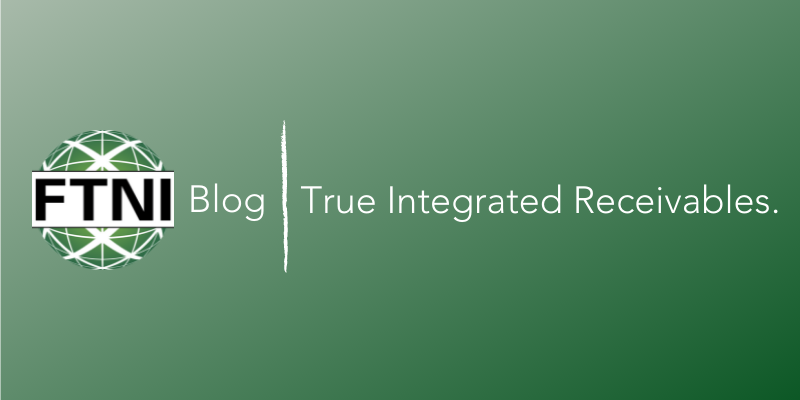Contact Sales (402) 933-4864
Contact Sales (402) 933-4864
Written by: Lyle Knox
 Remote deposit (also known as ‘Remote Deposit Capture,’ or ‘RDC’) is a way to process payments without sending checks to the bank. With remote deposit capture, you can scan (or snap) an image of a check, send the image to your bank, and see the funds added to your account more quickly.
Remote deposit (also known as ‘Remote Deposit Capture,’ or ‘RDC’) is a way to process payments without sending checks to the bank. With remote deposit capture, you can scan (or snap) an image of a check, send the image to your bank, and see the funds added to your account more quickly.
Everybody. Businesses were the first users of remote deposit technology. They see a large number of checks, and they want to get checks processed quickly so they can use the money for operations. However, consumers want the same thing, so personal banking customers also have the ability to deposit checks without getting them to the bank (with a mobile device, for example).
Remote Deposit Capture allows banks, retailers, and consumers to remit payments and fund transfers using a check image from locations other than the bank itself. For instance, some accounts receivables systems can scan a customer’s check to create a digital image and capture specific account and amount information. That image is then processed by banks as if it were a paper check. This is a form of remote deposit capture.
That means no more mailing and processing paper checks, and therefore, significant cost and time savings to businesses, consumers and banks alike. According to a 2012 Federal Reserve Study, only 1 out of every 6 checks are processed electronically in the U.S. So although paper check writing still persists, interbank processing and clearing today is virtually all electronic.
Institutions that offer a Remote Deposit Capture option for banking and purchasing are required by the Federal government to perform two different things:
RDC is an extremely helpful process that can accelerate clearings, improve availability, enhance cash flow and reduce costs. As with most financial processes, RDC comes with some inherent risks. Senior management is expected to maintain risk assessment policies and procedures that constantly stay vigilant against fraud and abuse, and protect security and privacy. There are two parts of a risk assessment. The first is identifying the categories of risk to an institution. Categories could include the locations where RDC are available such as ATMs that allows RDC, the types of customers that would be most likely to use them, and the types of financial products that would incorporate RDC. The second part of risk assessment is identifying the type of data that would be captured or expected to be available for each of the categories.
RDC’s inherent risks include money laundering, fraud and illegal funds transfers. However, other risks of a non-criminal type are also important for an institution to be aware of. Non-criminal risks include protecting the privacy of non-public information (such as a customer’s checking account information), duplicate deposits, or incorrect optical character recognition (OCR) recording of the amount to be deposited.
The risks might sound heavy, but a comprehensive risk assessment and appropriate risk management policies can effectively measure, monitor and mitigate risk. Risk assessment minimizes any abuse by criminal activities, reduces labor requirements due to mis-processed deposits, and protects the security of private information for all using the system. ETran offers a built in fraud and risk module (Proactive Payment Monitor) that allows banks and corporations to setup rules to monitor all payments and alerts/actions can be taken on items automatically.
RDC is a very convenient and fast process for funds transfers, providing an institution the ability to manage deposits and payables more efficiently and inexpensively. RDC was also designed to make funds available to depositors more quickly and reliably. RDC can actually protect your business as the faster an item clears, the faster a seller can learn about return payments.
When your business considers remote deposit captures, make sure to ask about risk assessment processes and procedures. Vendors will be happy to tell you to help alleviate any concerns you may have.

One of the many benefits of cloud computing or SaaS deployment is the centralized storage of all...
Read More
With more budget cuts across the board for all different types of financial organizations, there is...
Read More
Omaha, Neb. March 8, 2011 – Home State Bank has served the financial needs of Larimer County,...
Read MoreFinancial Transmission Network, Inc.
13220 Birch Drive, Suite 120
Omaha, NE 68164
Sales: +1 (402) 933-4864